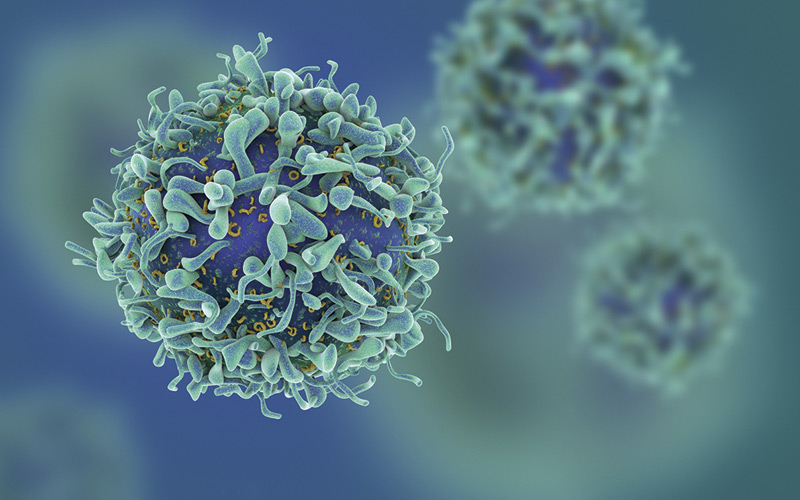Computer simulations can accurately predict the transmission of HIV across populations, say US scientist.

Genetic signatures mean it is possible to trace the origin of an infection and its potential path through populations, allowing state health departments to track the disease, it is claimed.
The simulations were consistent with actual DNA data obtained from a global public HIV database, developed and maintained by Los Alamos National Laboratory in the US.
The archive has more than 840,000 published HIV sequences for scientific research in total.
Thomas Leitner, a Computational Biologist at Los Alamos, said: “We looked for special genetic patterns that we had seen in the simulations, and we can confirm that these patterns also hold for real data covering the entire epidemic.”
The robust results from the study have led to a collaboration with Colorado and Michigan state health agencies.
The researchers plan to develop public health computational tools to help agencies to track the disease and allocate resources for targeted prevention campaigns.
Image credit | iStock




